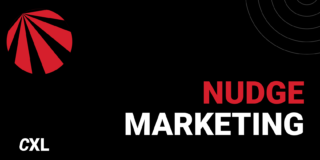How to use psychographics: The marketer’s guide

Are you sold on the idea that it’s beneficial to understand your customer personas?
Hope so. If not, it’s guesswork. When you know who your customers are, where they are, what they love, and what they hate, you can market to them much more effectively.








